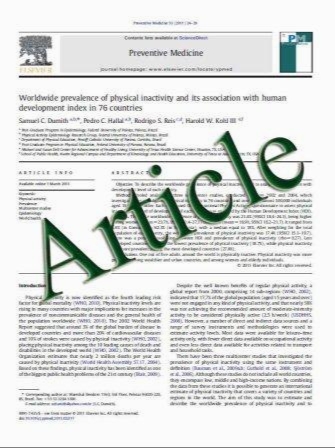Pediatric stroke: clinical characteristics, acute care utilization patterns, and mortality
- نوع فایل : کتاب
- زبان : انگلیسی
- مؤلف : Kimberly D. Statler & Li Dong & Denise M. Nielsen & Susan L. Bratton
- چاپ و سال / کشور: 2010
Description
described but may help inform care coordination and treatment for pediatric stroke. The Kids Inpatient Database was queried to describe demographics and clinical characteristics of children with stroke, compare acute care utilization for hemorrhagic vs. ischemic stroke and Children's vs. non-Children's Hospitals, and identify factors associated with aggressive care and in-hospital mortality. Methods Using a retrospective cohort of children hospitalized with stroke, demographics, predisposing conditions, and intensive (mechanical ventilation, advanced monitoring, and blood product administration) or aggressive (pharmacological therapy and/or invasive interventions) care were compared by stroke and hospital types. Factors associated with aggressive care or in-hospital mortality were explored using logistic regression. Results Hemorrhagic stroke comprised 43% of stroke discharges, was more common in younger children, and carried greater mortality. Ischemic stroke was more common in older children and more frequently associated with a predisposing condition. Rates of intensive and aggressive care were low (30% and 15%), similar by stroke type, and greater at Children's Hospitals. Older age, hemorrhagic stroke, predisposing condition, and treatment at a Children's Hospital were associated with aggressive care. Hemorrhagic stroke and aggressive care were associated with in-hospital mortality. Conclusions Acute care utilization is similar by stroke type but both intensive and aggressive care are more common at Children's Hospitals. Mortality remains relatively high after pediatric stroke. Widespread implementation of treatment guidelines improved outcomes in adult stroke. Adoption of recently published treatment recommendations for pediatric stroke may help standardize care and improve outcomes.
Childs Nerv Syst (2011) 27:565–573 DOI 10.1007/s00381-010-1292-x Received: 29 April 2010 / Accepted: 23 September 2010 / Published online: 5 October 2010


